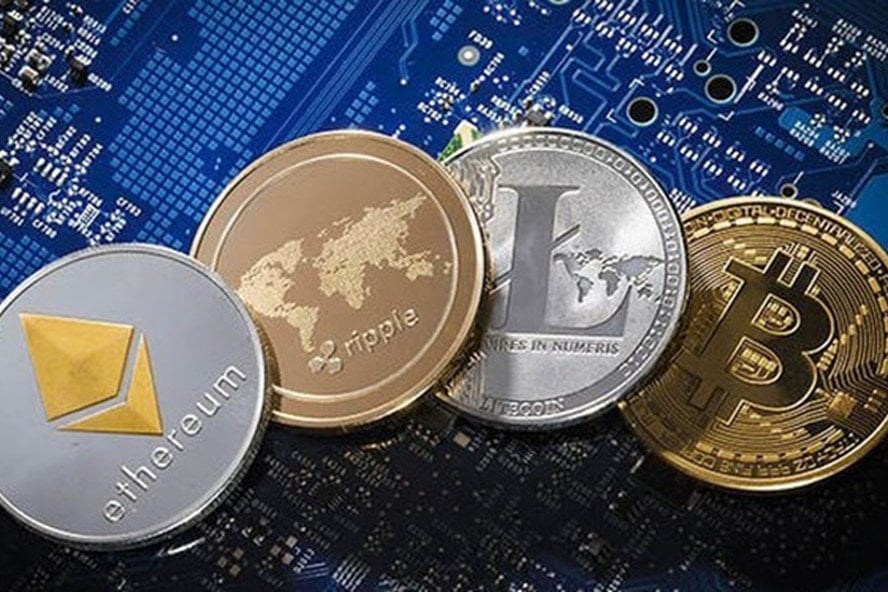In the annual report, agreements between traditional banks and digital asset providers are increasing rapidly, creating more linkages with the traditional financial system.

Mr. Panetta worries that many users may not fully understand the nature of digital assets, confusing them with conventional banking products, which could shake confidence in the credit system if there are major losses.
A typical example is Intesa Sanpaolo bank, Italy's largest financial institution, which bought 1 million euros of Bitcoin in January 2025 and established a digital asset trading division from 2023. The bank has already started making spot transactions in cryptocurrencies.
Meanwhile, Spain's Santander bank is also looking into expanding into the digital assets sector, including plans to issue stablecoins and offer cryptocurrency services to retail customers.
Mr. Panetta specifically warned that stablecoins could pose a threat to the traditional payment system if global technology corporations push their use aggressively. The lack of a clear regulatory framework would make the stability and suitability of stablecoins for payments very questionable.
However, he also affirmed that it is impossible to control the development of digital assets with only restrictive measures. According to him, there must be a solution that is suitable for the current speed of technological transformation. Therefore, the digital euro project developed by the ECB aims to maintain the role of central bank-issued currencies in the context of increasingly fierce competition with payment instruments from the private sector.
Source: https://baonghean.vn/tien-dien-tu-moi-de-doa-tiem-an-nao-voi-he-thong-ngan-hang-truyen-thong-10298719.html
































































































Comment (0)